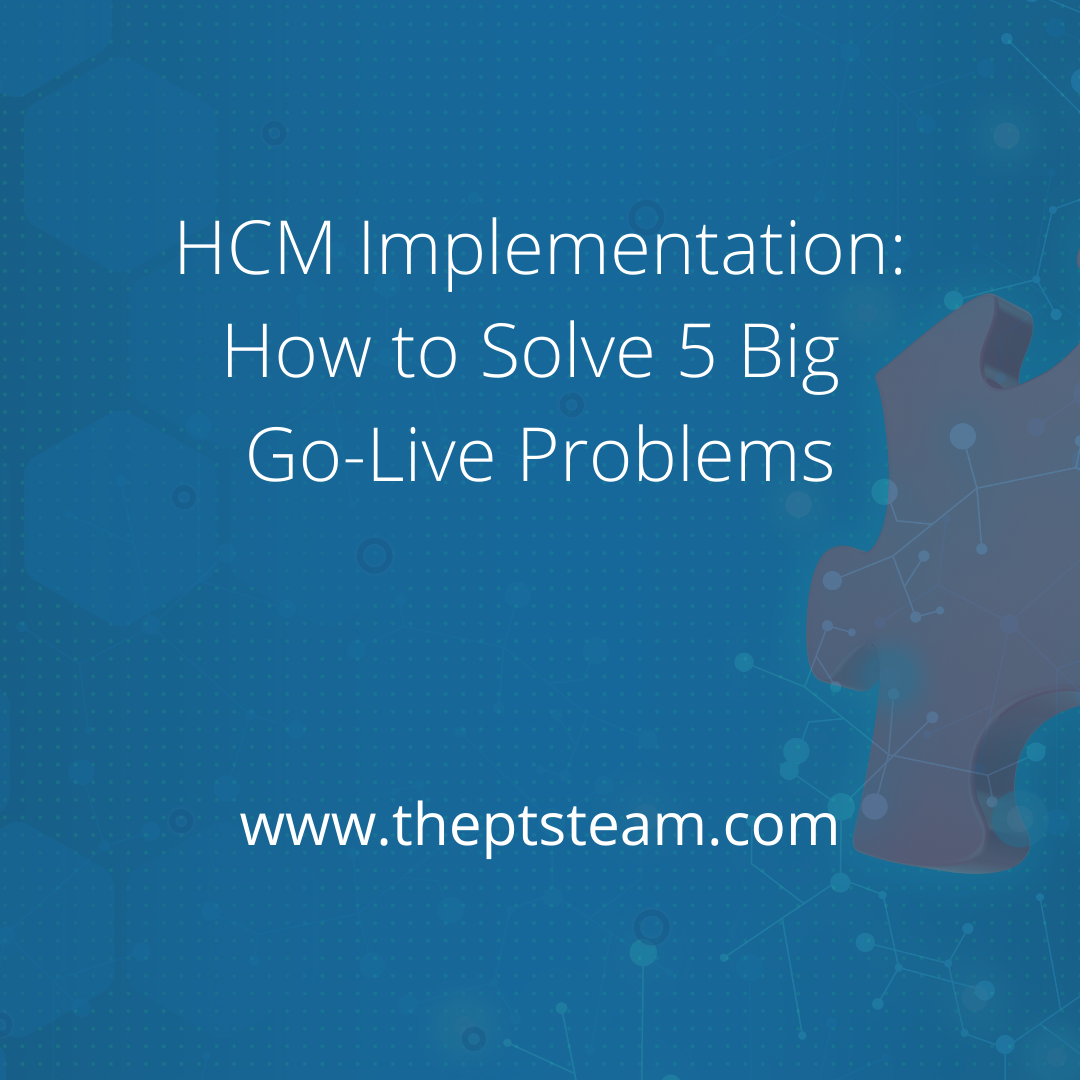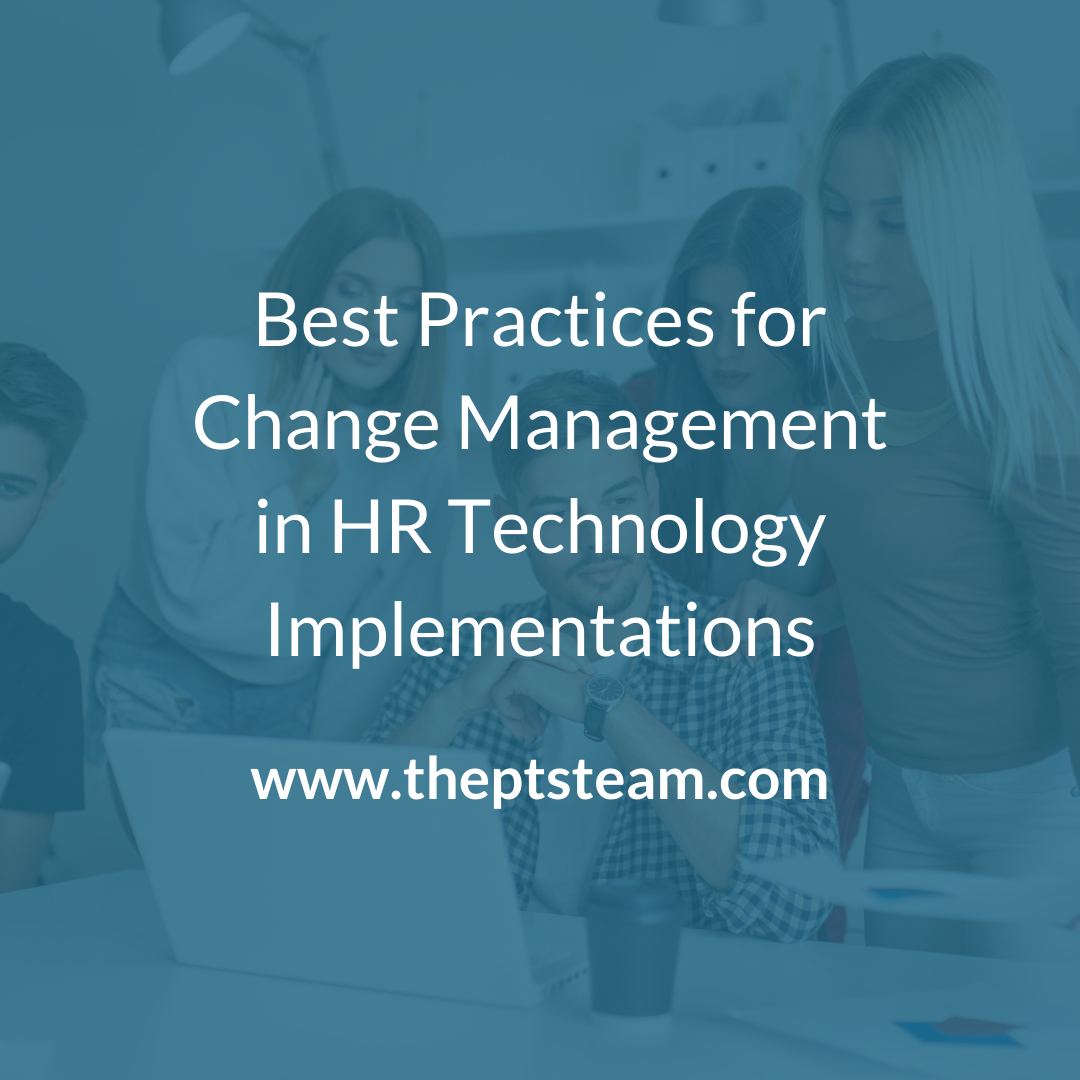Go-live is often the most exciting — and frustrating — phase in an HCM implementation.
The months you spent researching, purchasing, and preparing your new human capital management technology for your HR team and employees culminate in a flurry of activations, questions, and, unfortunately, problems.
Even the smoothest of go-lives have bumps. Obstacles inevitably arise as you move from concept to reality.
Watch for these common HCM implementation problems and handle them accordingly to ensure a successful go-live for your organization.
1) Setting a go-live date
Deciding when you will go-live is the first step in determining how you will do it. Once you have a date, you can schedule enough time to do everything you need to do to increase adoption when you finally go live.
But choosing your go-live date is not as simple as picking a day that you would like to start using your new system by. You must allow ample time for each step before go-live and anticipate any challenges associated with your desired date.
For example, Jan. 1 is a popular go-live date because it is nice to think along the lines of a new year, a new start. Though the concept of working a full-year in a fresh system may be appealing, it may not be practical.
Setting a go-live for Jan. 1 could make it hard to get help from vendors or HCM consultants because they have already committed resources to other projects for that most popular of dates, for example. You also could be pressed to finish last-minute preparations because your internal team might be scrambling to complete year-end work amidst holiday schedules.
Consider the advantages and disadvantages of a Jan. 1 go-live for your new HCM system before committing to that date. Seek guidance from your vendor, and perhaps HCM consultants, to ensure that you explore all possibilities before finalizing a date.
2) Planning and preparing
The months leading up to go-live will determine your success on that day. Avoiding the chaos that commonly erupts is key. You will compromise your return on investment by implementing your HCM system too soon or without the proper preparations.
Take every precaution, like confirming that all User Acceptance Testing (UAT) items have been closed or addressed before it’s time to go live. Finalize all of the items on your go-live checklist, beginning by deciding whether go-live is a “Go” or a “No Go.” Involve all stakeholders in determining whether to proceed with the intended date or to re-schedule to allow more time to prepare for a successful HCM implementation.
3) Deciding between HR and IT
HCM technology is often implemented and maintained by the IT department but used by HR. So, determining who should do what during go-live can be confusing.
Assigning roles is important for avoiding problems like giving administrative privileges to the wrong users or having employees configure cross-departmental workflows incorrectly. Balance technological expertise with business-process knowledge when dividing responsibilities between IT and HR during your HCM implementation.
4) Training employees
Adoption will lag if users do not embrace your new HCM system. Employees must accept the benefits of learning new ways to work and become proficient in doing so with the new technology.
Involve users in creating their workflows. Those closest to the work will benefit the most.
Customize training according to users’ responsibilities. Teach them about the tools and techniques that they will use most.
Share knowledge bases and other learning materials online. Consider engaging HCM consultants who can help you through implementation solutions like training and user adoption initiatives.
5) Supporting users
Go-live can be fraught with disasters, both major and minor. From individual users forgetting their passwords to whole systems not working right, you may scramble to get your technology up-and-running.
Ensure that you have enough support resources available to resolve issues promptly. Establish protocols for quickly escalating support requests to technical experts so that end-users do not have to wait long.
Consider hiring temporary support resources to assist in go-live or to back-fill for internal team members that work the help desk during your HCM implementation.
Go-live represents months of effort crammed into a few hours, days, or weeks, of excitement. Make the experience a positive one by avoiding common go-live problems. You will increase adoption and your return on investment if you do.
Providence Technology Solutions is a market leader in HCM technology consulting and HR process implementation and consulting. Learn how we can help you increase adoption and return on investment through our HCM Implementation Solutions.
Contact us today to discuss your open enrollment needs online, by email at info@theptsteam.com or by calling 904.719.8264.













